The Final Countdown: The Asteroid Strike And Dinosaur Extinction
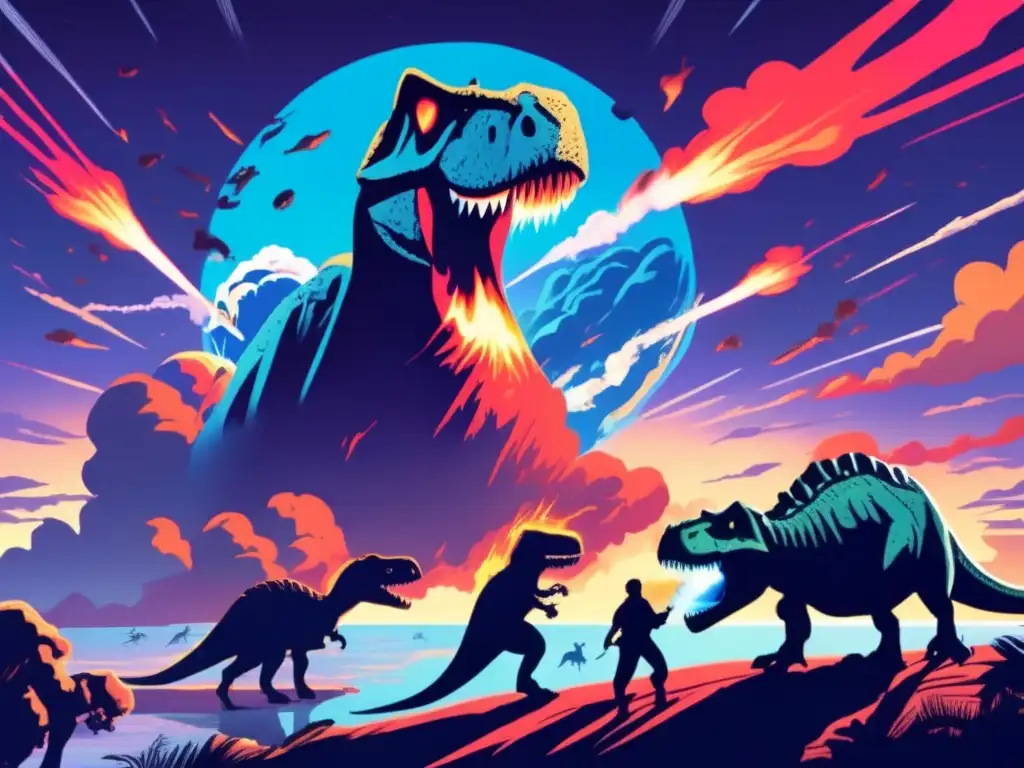
Introduction
Asteroids are an important part of our solar system that have played a significant role in shaping our planet's history. One of the most fascinating and terrifying events related to asteroids is the impact that resulted in the extinction of the dinosaurs some 65 million years ago. In this article, we will discuss the asteroid strike that led to the extinction of the dinosaurs and its impact on the Earth.
The Asteroid Strike

The Size and Speed of the Asteroid
The asteroid that hit the Earth was estimated to be about 10 km wide and traveling at a speed of around 40,000 miles per hour. Its impact created a massive explosion equivalent to billions of atomic bombs and released energy several times greater than all the nuclear weapons in existence today.
The Impact on the Environment
The asteroid impact created a massive impact crater called Chicxulub located in the Yucatan Peninsula, Mexico. It also caused huge tsunamis, massive earthquakes, and widespread wildfires that covered the Earth's surface in thick smoke and soot. The impact caused the extinction of more than three-quarters of the plant and animal species on the planet, including the dinosaurs.
The Aftermath of the Impact
The asteroid impact had a profound impact on the Earth's climate and geological processes. It triggered a period of extreme cooling that lasted for several years, causing a dramatic decrease in sunlight and temperature. This, combined with the widespread damage caused by the impact, created an inhospitable environment for most life forms.
The Effects of the Asteroid Strike on the Dinosaurs
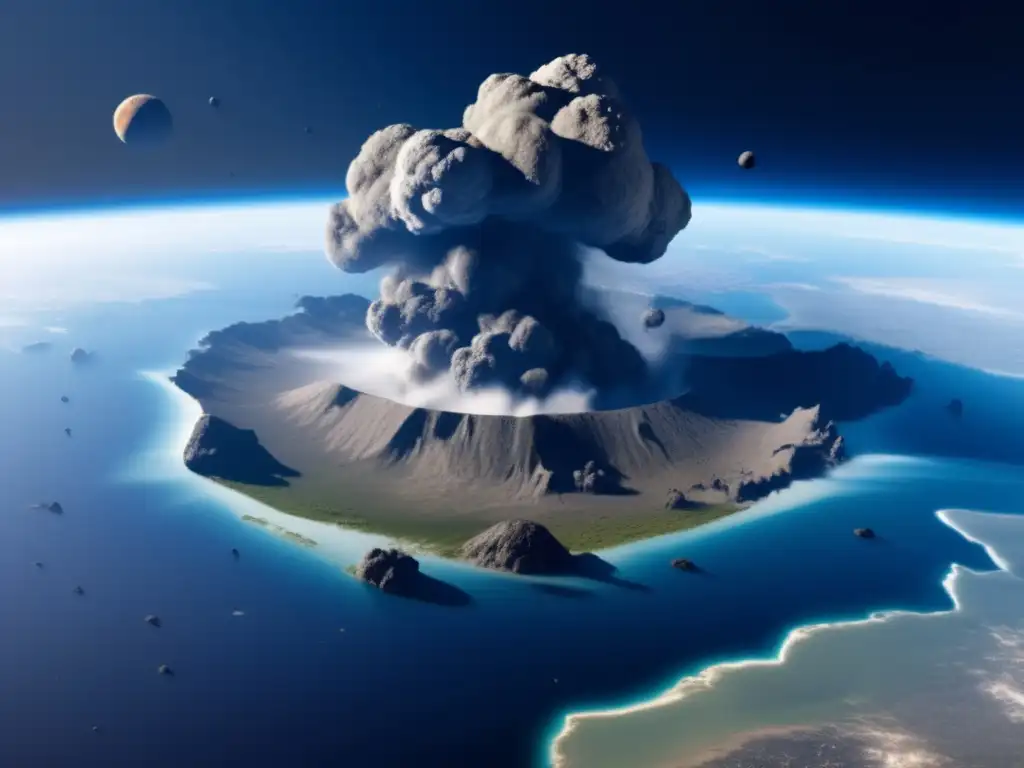
The Extinction of the Dinosaurs
The impact of the asteroid caused the extinction of the dinosaurs and most other species on the planet. The sudden and catastrophic nature of the event meant that the dinosaurs had little chance to adapt or evolve to the new environment created by the impact. As a result, they disappeared from the fossil record almost entirely.
The Survivors
While the impact of the asteroid was devastating for most species on the planet, some managed to survive. These included small mammals, birds, reptiles, amphibians, and fish. These organisms eventually evolved into the diverse range of species we see on Earth today.
The Legacy of the Dinosaurs
The dinosaurs left an indelible mark on the Earth's history. Their fossils provide valuable insights into the ancient world, including many clues about the climate, geography, and biological diversity of the time. The study of dinosaurs has also captured the imaginations of generations of scientists, artists, and enthusiasts, inspiring countless books, movies, and other creative works.
The Science of Asteroid Impact Preparedness
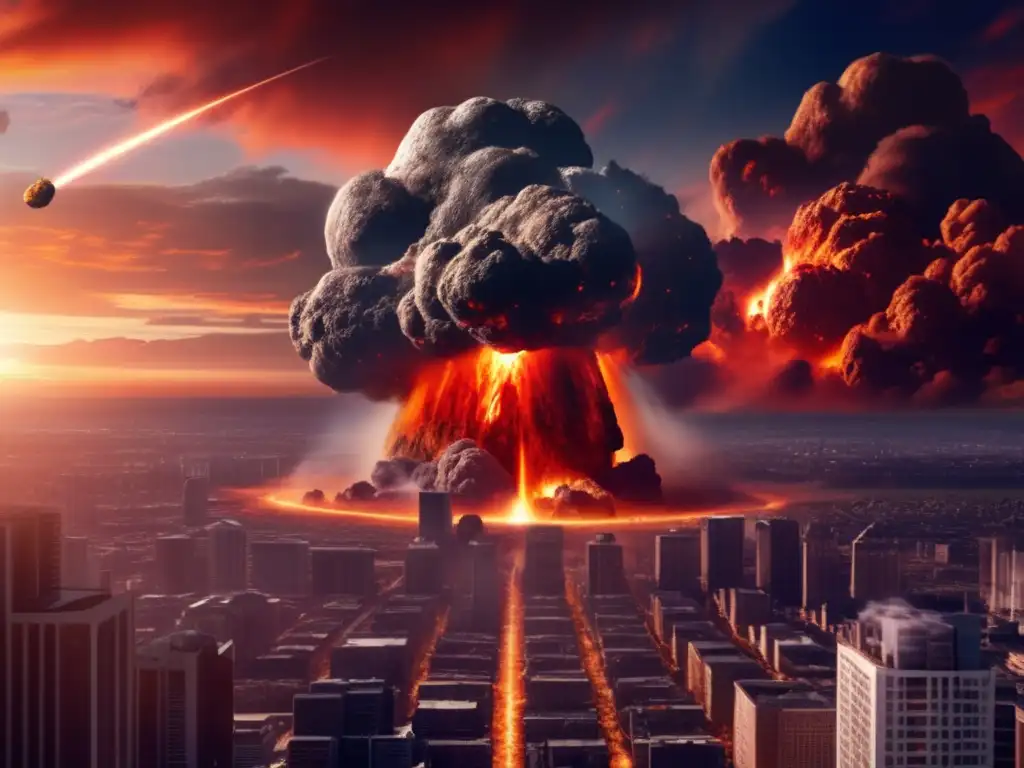
Asteroid Detection and Tracking
One of the most important steps in preparing for asteroid impacts is detecting and tracking them before they reach the Earth. NASA and other space agencies use telescopes and other instruments to detect and track near-Earth asteroids, providing early warning of potential threats.
The Planetary Defense Coordination Office
The Planetary Defense Coordination Office (PDCO) is responsible for coordinating efforts to prepare for and respond to potential asteroid impacts. It works closely with NASA, international space agencies, and other organizations to develop techniques for mitigating the impact of asteroids, such as deflecting or destroying them before they reach Earth.
The Need for Continued Vigilance
While much progress has been made in detecting and tracking near-Earth asteroids, there is still much work to be done to prepare for potential impacts. The study of asteroids and their impact on the Earth is an ongoing area of research, and continued vigilance and preparedness are essential to protecting the planet and its inhabitants.
Frequently Asked Questions
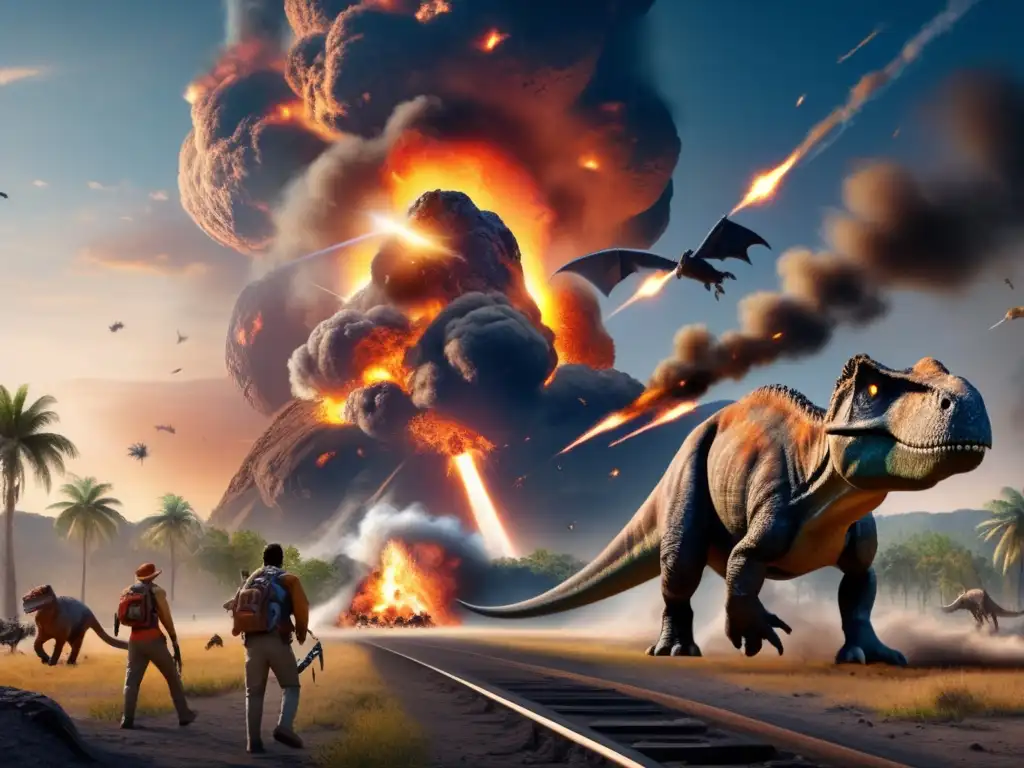
-
Could an asteroid strike the Earth again?
Yes, it's possible. While the likelihood of a major asteroid impact is relatively low, it's important to continue monitoring and preparing for potential threats.
-
What can be done to prevent an asteroid impact?
There are several techniques that scientists are developing to deflect or destroy asteroids before they reach the Earth, such as using kinetic impactors, gravity tractors, or nuclear weapons.
-
What other effects did the asteroid strike have on the Earth?
The asteroid strike caused widespread environmental devastation, including acid rain, wildfires, and massive tsunamis. It also had a major impact on the climate and geological processes of the planet.
-
How do we know that an asteroid caused the dinosaur extinction?
Scientists have found abundant evidence of the asteroid impact, including the Chicxulub crater, a layer of iridium-rich clay, and evidence of massive wildfires and tsunamis.
-
What can we learn from studying the impact of asteroids?
Studying the impact of asteroids can provide valuable insights into the history of our planet, including its geological processes, climate, and biological diversity. It can also help us better understand the potential threats posed by asteroids and how to prepare for them.
Conclusion
The impact of the asteroid that caused the extinction of the dinosaurs was a dramatic and catastrophic event that had a profound impact on the Earth's history. While much progress has been made in detecting and preparing for potential asteroid impacts, continued vigilance and preparedness are essential to protecting the planet and its inhabitants. We hope that this article has provided valuable insights into the science of asteroid impact preparedness and its importance in shaping our planet's future.
Remember to keep updated with www.asteroidrealm.com for more interesting articles and information related to asteroids.
Additional Resources

For more information on asteroid impact preparedness and related topics, please consult the following resources:
- NASA Planetary Defense Coordination Office
- Chicxulub Impact Crater: Drilling, Samples, and Missions
- B612 Foundation
 The Asteroid That Changed The Course Of Life On Earth
The Asteroid That Changed The Course Of Life On Earth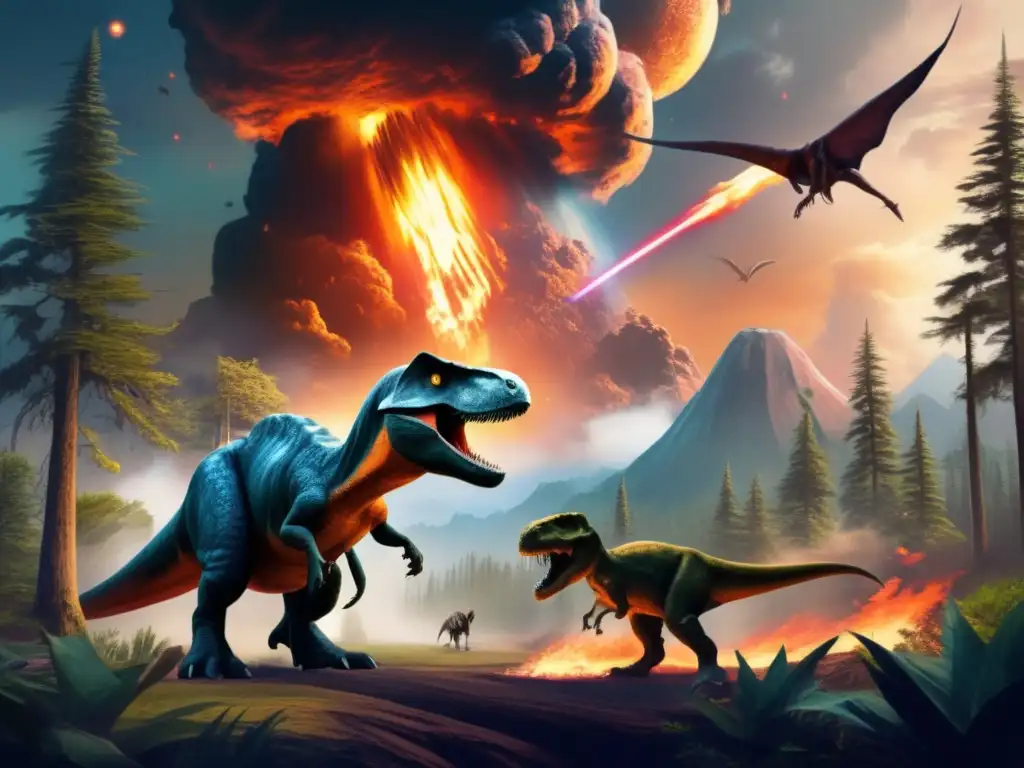 Collision Course: Asteroids And The Dinosaur Apocalypse
Collision Course: Asteroids And The Dinosaur Apocalypse Closing The Age Of Dinosaurs: The Asteroid Theory
Closing The Age Of Dinosaurs: The Asteroid TheoryIf you want to discover more articles similar to The Final Countdown: The Asteroid Strike And Dinosaur Extinction, you can visit the Asteroids and Dinosaurs category.
Leave a Reply

Articulos relacionados: